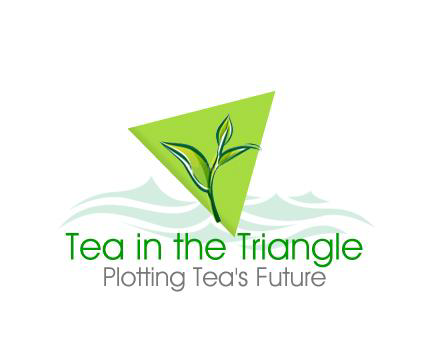SOUTHAMPTON, Bermuda — The North American Tea Conference annually hosts an Industry Breakfast to consider difficult issues by engaging stakeholders from all sectors of the supply chain in a Q & A session.
 Organizer John Snell with Mother Parkers Coffee & Tea writes “this year was exceptional with the various representations from all sectors, including the two largest global tea producers and significant branded and private label packers; pepper this group with a liberal smattering of importers, affiliated trades, Tea Boards and Associations and you have a veritable bouquet of invested industry grey matter.”
Organizer John Snell with Mother Parkers Coffee & Tea writes “this year was exceptional with the various representations from all sectors, including the two largest global tea producers and significant branded and private label packers; pepper this group with a liberal smattering of importers, affiliated trades, Tea Boards and Associations and you have a veritable bouquet of invested industry grey matter.”
“No subject is taboo with everything from labor, legislation and competing land use in the dock. The convivial atmosphere of the tea industry is unique and enables honest debate around these tough issues and I quietly applaud the individual collective to keep the needs of those working in tea at the fore, despite the balance book imperatives of modern business,” reports Snell.
What follows are three of the six questions posed. Each links to a discussion thread. The more who share their opinions on these topics the better. In a few months Tea Biz will summarize the main points and share this with the Tea 2030 project on the Future of Tea.
Question No. 4
North America, like other consuming countries, has constructed many positive release gateways to imports, in order to protect the consumer. The latest is the FSMA offshore Supplier requirements. Is this screening of the food supply chain relevant and what are the ramifications for Producers, Importers and Packers that do not exist within GFSI standards today.
Question No. 5
Given the incredible success that the Tea Association of the US and Canada have had, with respect to addressing the lack of manageable import MRLs (maximum residue levels) for tea, we may have 30 within 5 years. If this is the case, we can Authorities to start applying a little more pressure on imports to live up to these standards. Are we confident that Production will be able to live within these MRLs or is the specter of yet another set of policed benchmarks a call for action for Producers. Should the collective technical committees from all Origins, finally, be interested in pushing for a Harmonized system and which is the right international vehicle for this action?
Question No. 6
If market economics need to prevail then do we need to assess the mechanisms for selling tea in order to increase interest and liquidity?
Is there enough volume to consider a Futures Exchange which could be based on soluble solid content, a scientific parameter rather than a more subjective quality standard, more in line with extract buyers who are used to having a hedging mechanism to work with?
What are the pros and cons for such a mechanism?
Related Posts:
The Future of Tea (Questions 1-3)
Tea in the Triangle: Plotting Tea’s Future

Dan founded Tea Journey Magazine (2015), the Tea Biz Blog | Podcast (2013), and is the tea editor at STiR Coffee and Tea. He is the former editor and publisher of World Tea News (2010) and Tea Magazine (2012) and the former editor-in-chief at San Francisco-based Specialty Coffee Retailer (2007) and Natural Food Magazine (2004).
 Organizer John Snell with Mother Parkers Coffee & Tea writes “this year was exceptional with the various representations from all sectors, including the two largest global tea producers and significant branded and private label packers; pepper this group with a liberal smattering of importers, affiliated trades, Tea Boards and Associations and you have a veritable bouquet of invested industry grey matter.”
Organizer John Snell with Mother Parkers Coffee & Tea writes “this year was exceptional with the various representations from all sectors, including the two largest global tea producers and significant branded and private label packers; pepper this group with a liberal smattering of importers, affiliated trades, Tea Boards and Associations and you have a veritable bouquet of invested industry grey matter.”


